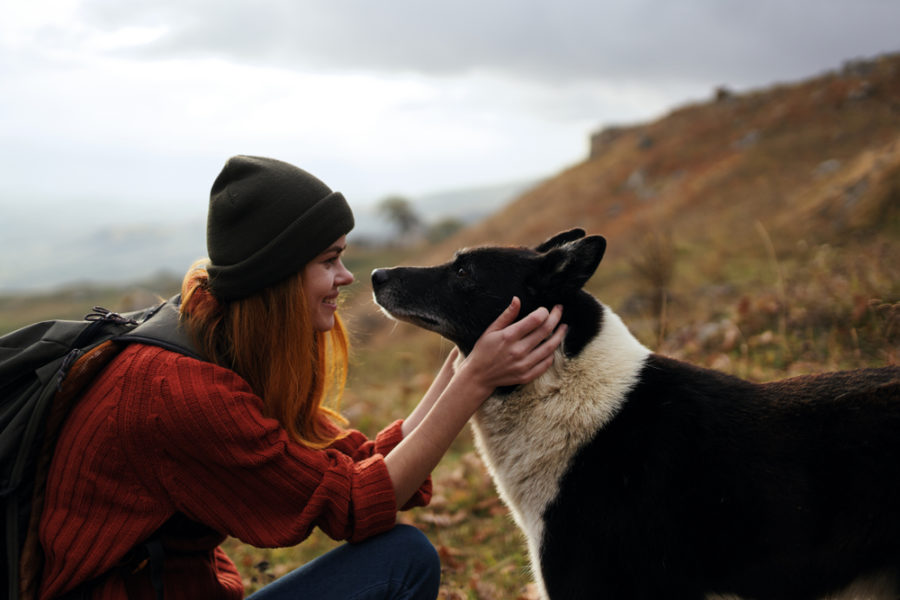Researchers at the University of Michigan are at the forefront of a groundbreaking effort to better understand canine communication using artificial intelligence (AI). By leveraging speech processing models originally designed for human speech, they have developed innovative tools that can identify the emotional content behind a dog’s vocalizations. Whether a bark conveys playfulness, aggression, or some other state, these AI-powered systems are providing unprecedented insights into the nuanced ways dogs express themselves.
Repurposing Human Speech Technology
The key to this innovative approach lies in the researchers’ collaboration with the National Institute of Astrophysics, Optics and Electronics (INAOE) in Mexico. Together, they have discovered that the robust speech models trained on vast troves of human vocal data can be effectively repurposed to target animal vocalizations. This is a game-changing development, as one of the primary obstacles to decoding animal communication has historically been the limited availability of usable data.
Overcoming Data Challenges
Collecting high quality recordings of animal sounds is an inherently challenging endeavor. Unlike human speech, which can be easily solicited in controlled settings, animal vocalizations must often be captured passively in the wild or with the cooperation of pet owners. This dearth of training data has hampered efforts to develop reliable analysis techniques. However, the University of Michigan team has demonstrated that by building upon the powerful speech models designed for human language, they can overcome these data limitations and achieve impressive results.
Multifaceted Insights from AI
The researchers’ AI-powered tools don’t just identify the emotional content of dog barks; they can also glean other valuable information, such as the age, breed, and sex of the vocalizing canine. This multifaceted approach has tremendous implications for the field of animal welfare, as it allows for a deeper understanding of the dogs in our care and how best to meet their needs.
Improving Animal Welfare
By gaining unprecedented insights into the nuances of canine communication, veterinarians and other animal caregivers can significantly enhance their ability to interpret and respond to the physical and emotional needs of dogs. This knowledge can help prevent potentially dangerous situations, ensure more personalized and effective care, and ultimately improve the overall well-being of our canine companions.
Whats next?
The findings from this research suggest that utilizing existing speech technology may be a powerful way to advance our understanding of the animals with whom we share the world. As this field of study continues to evolve, we can expect to see even more groundbreaking applications of AI in the realm of animal communication, opening up new frontiers in the pursuit of better understanding and caring for our non-human counterparts.








